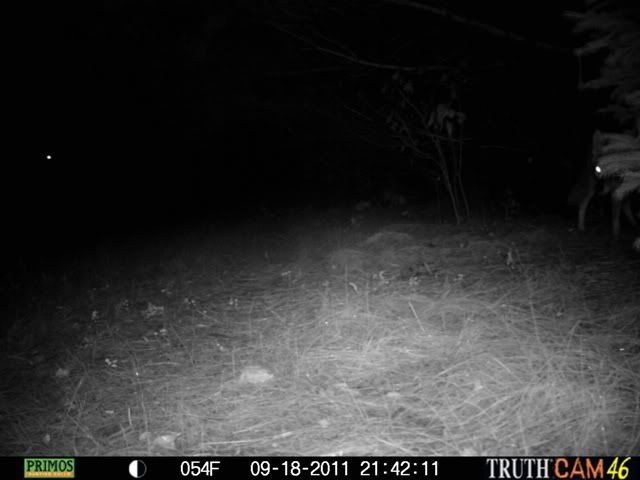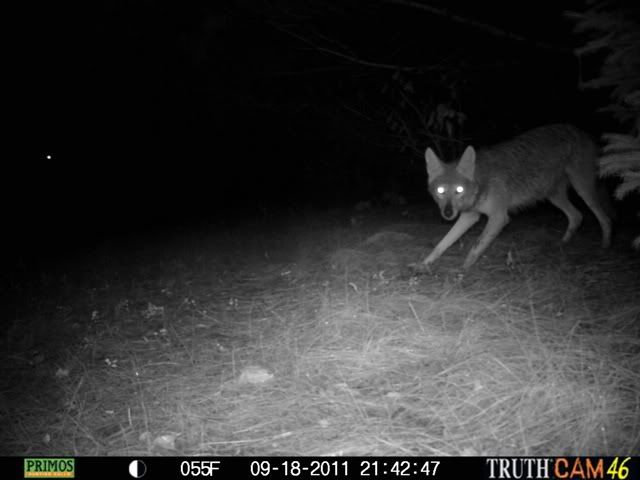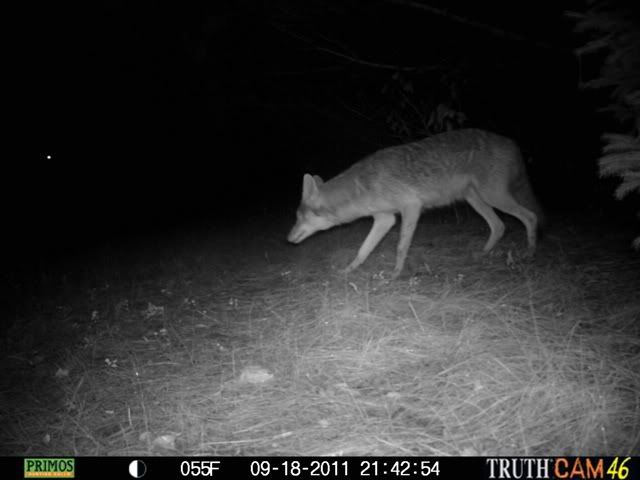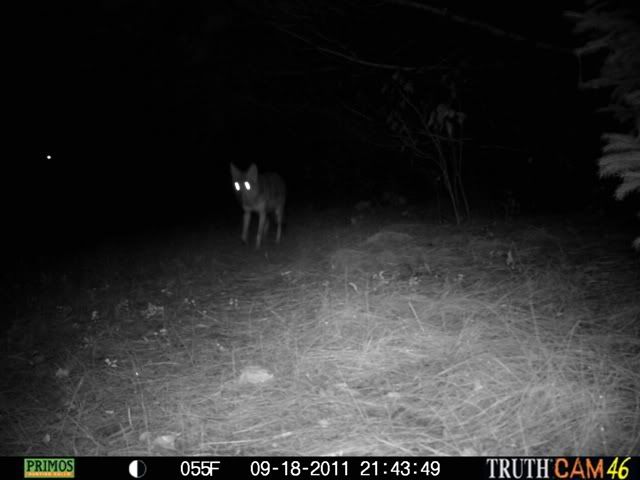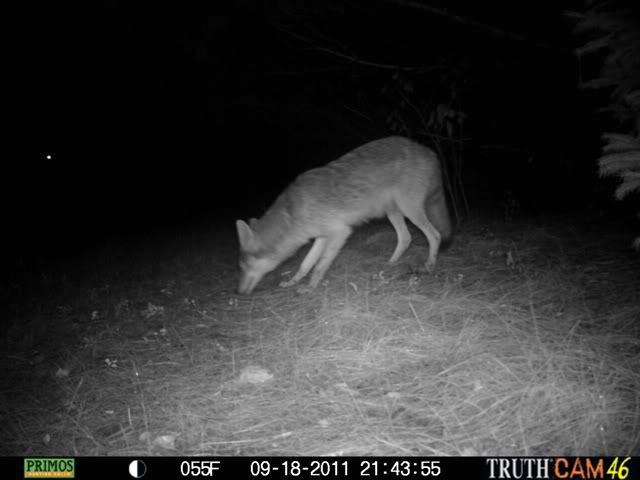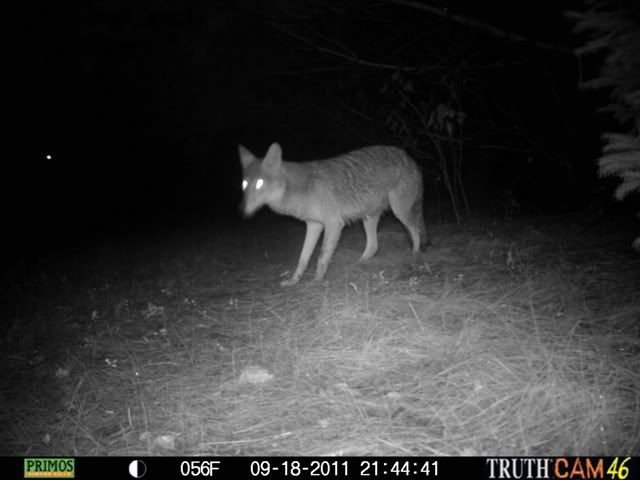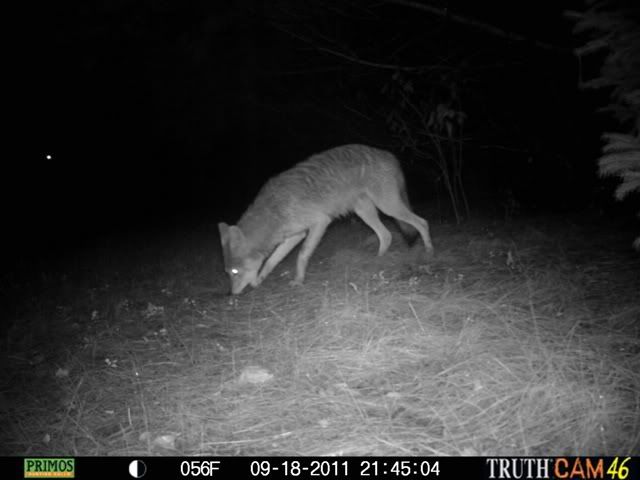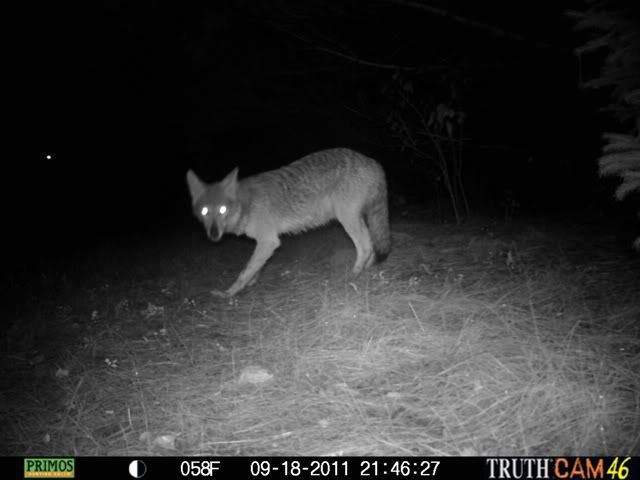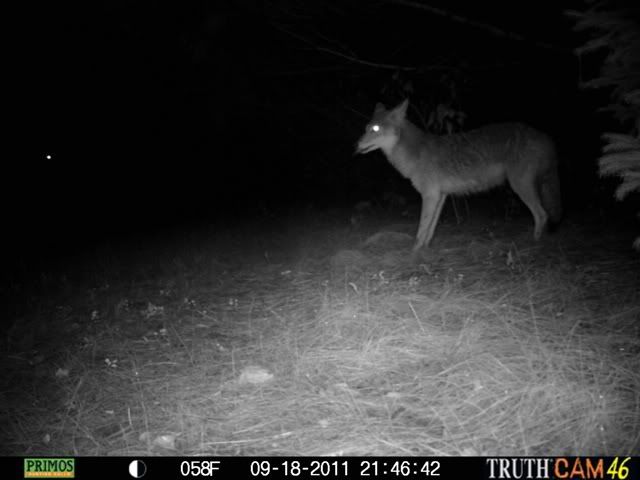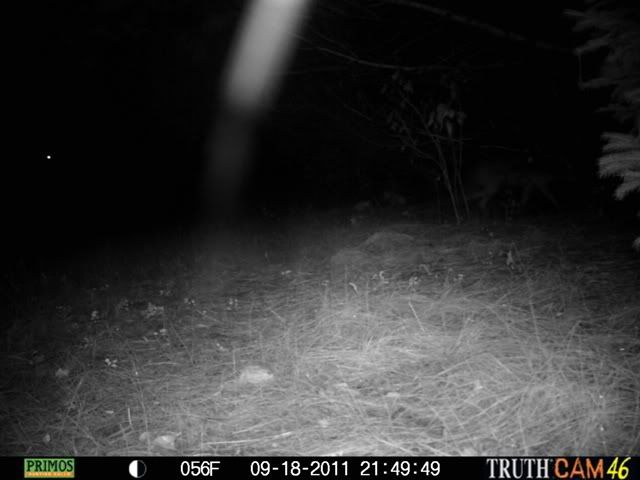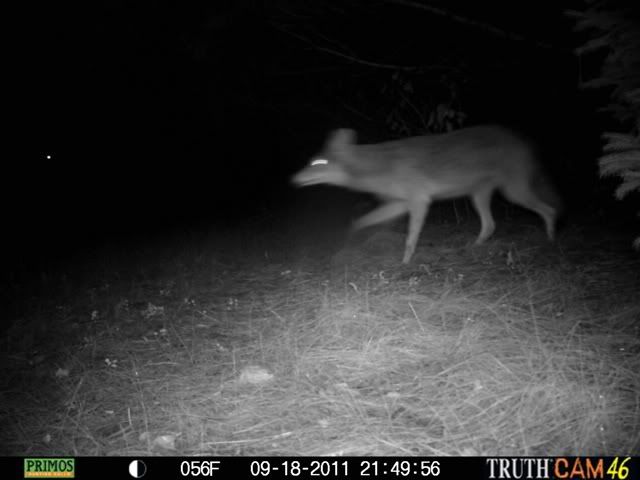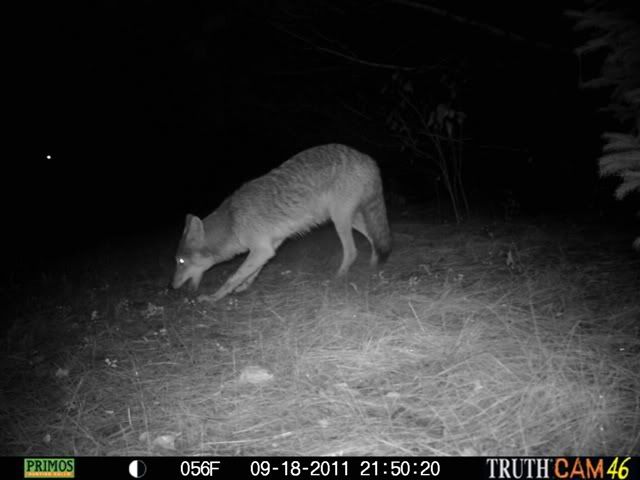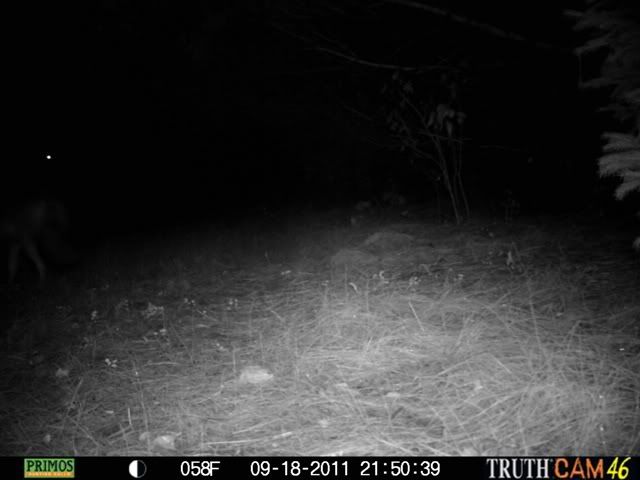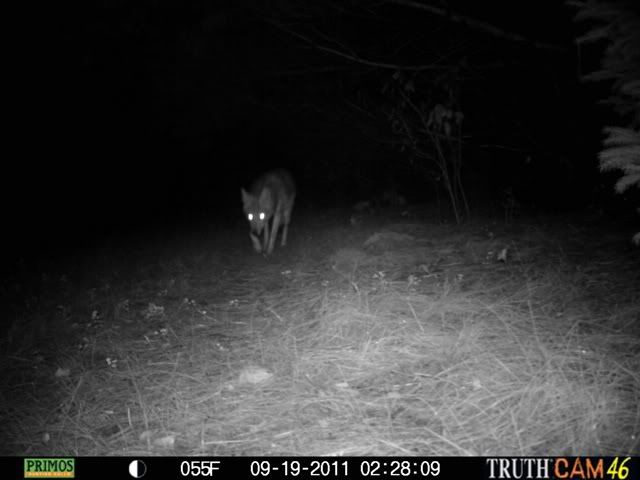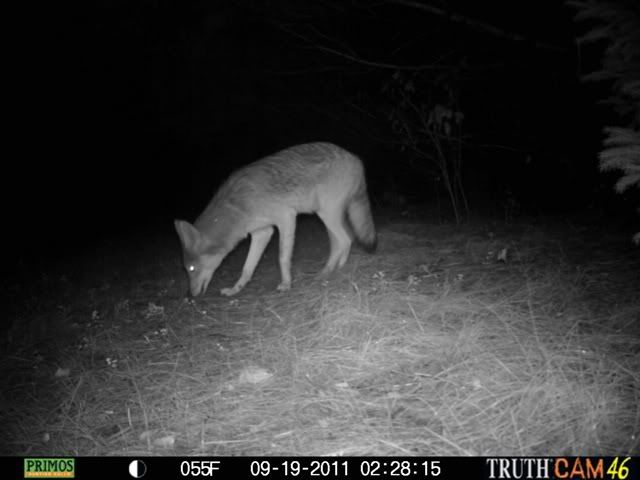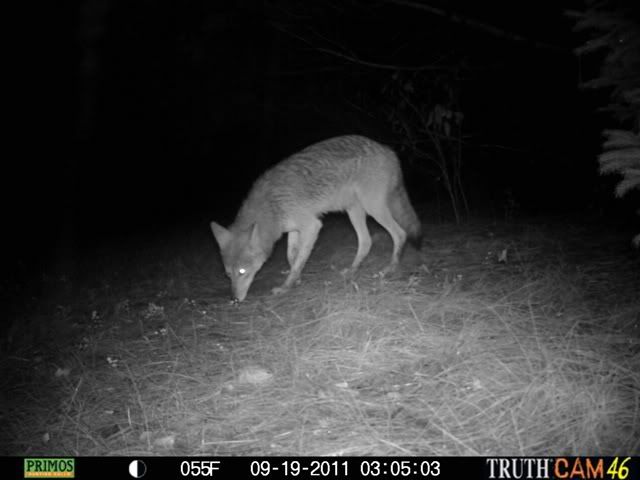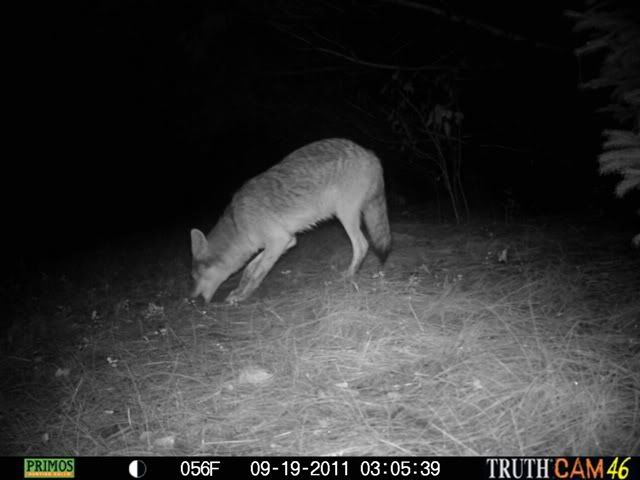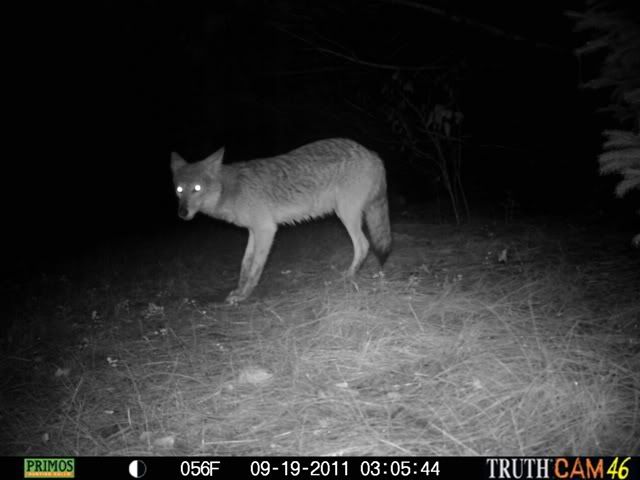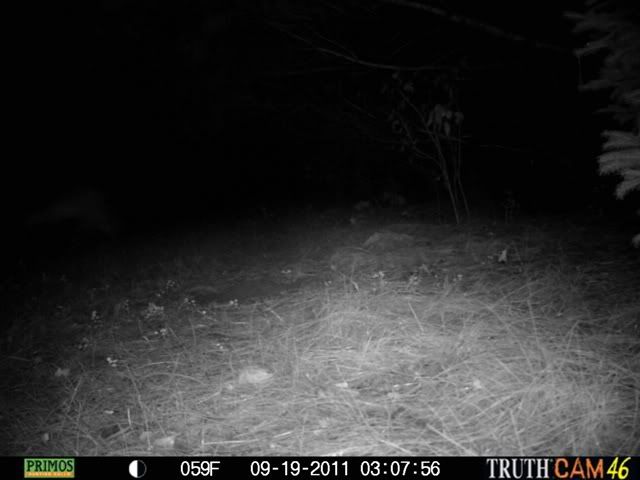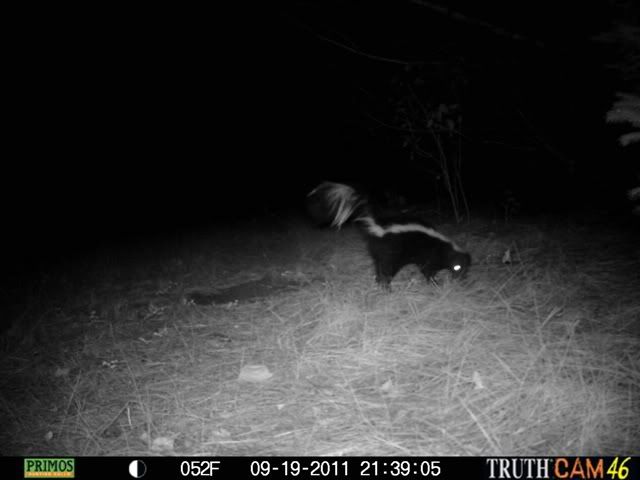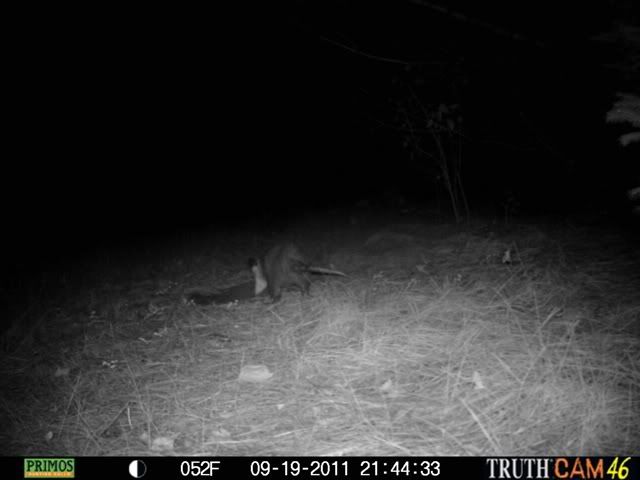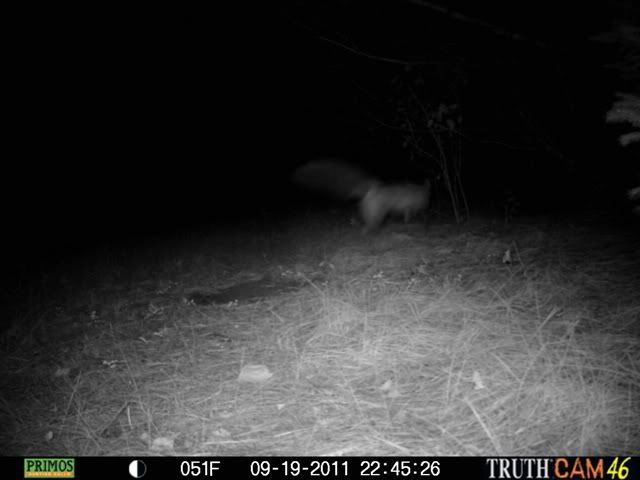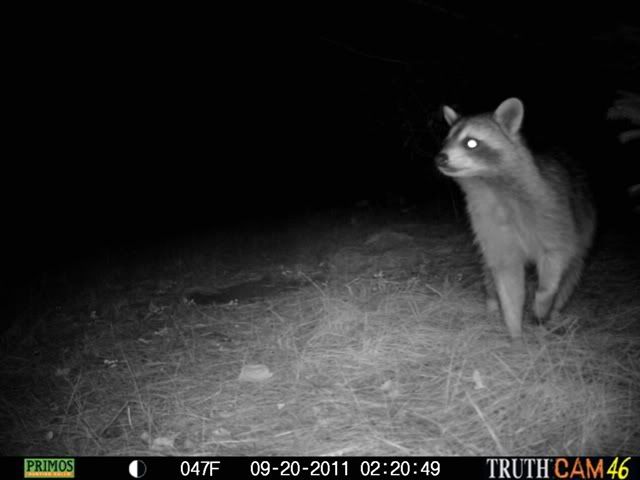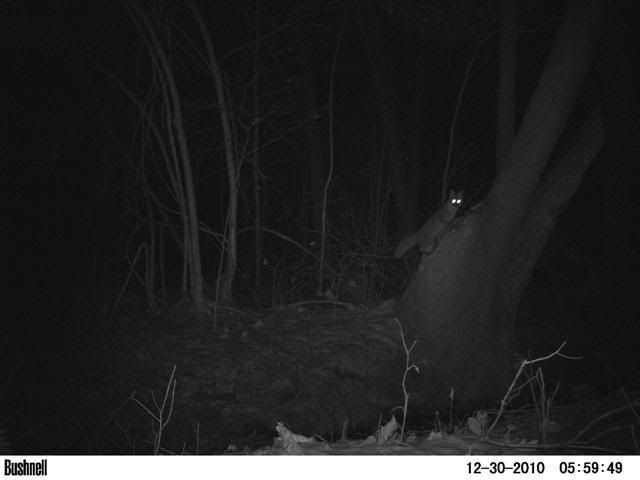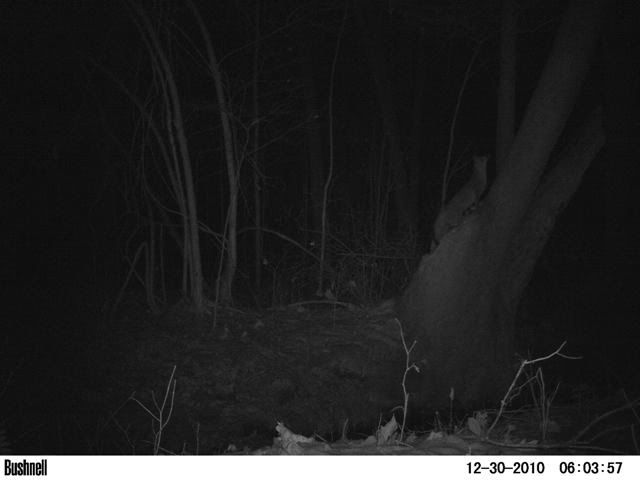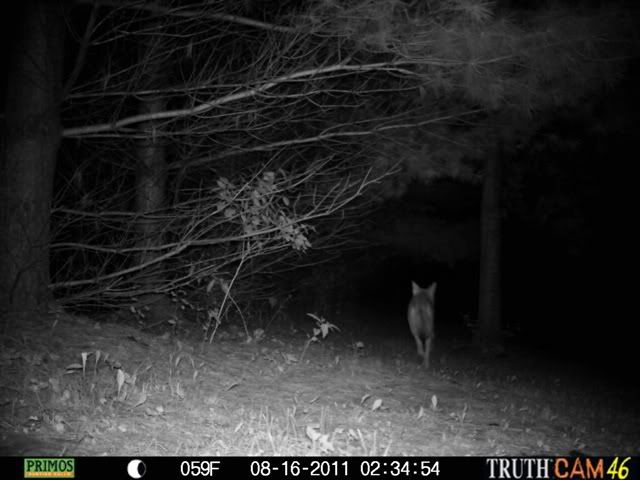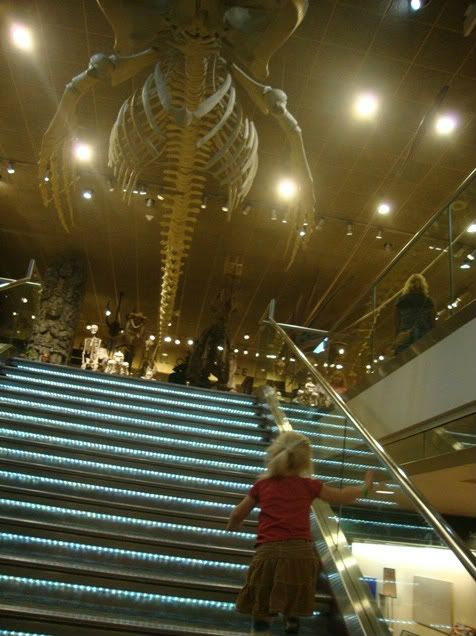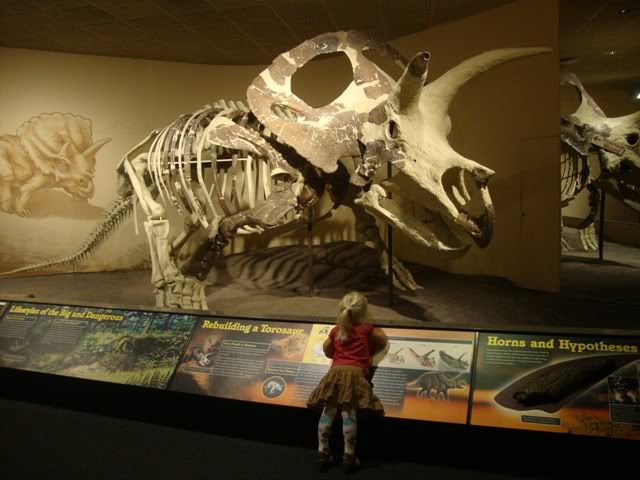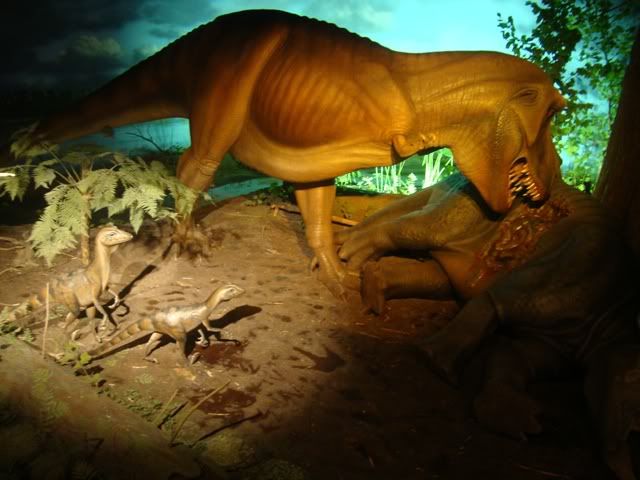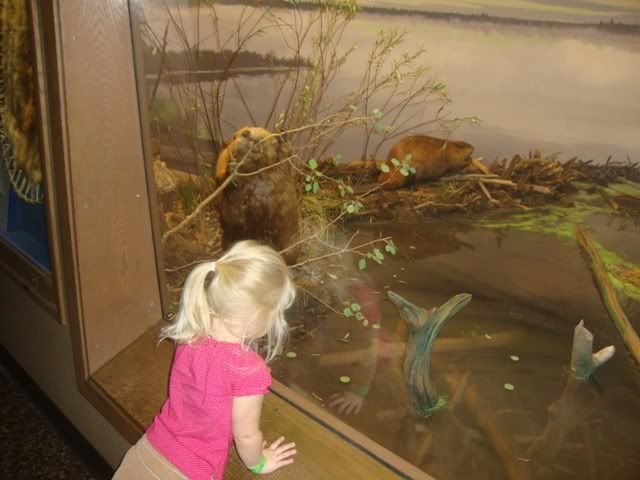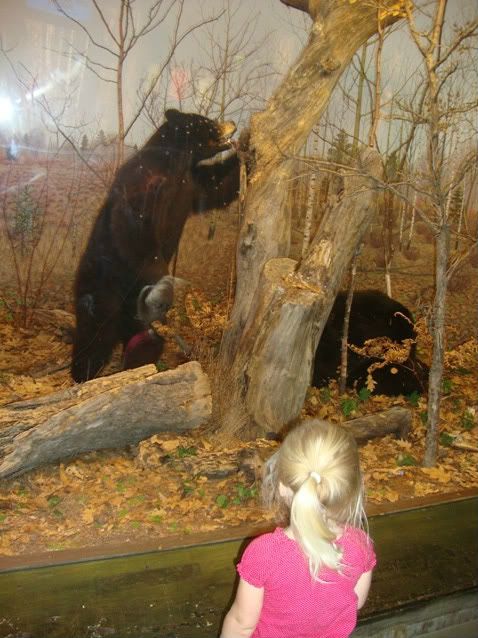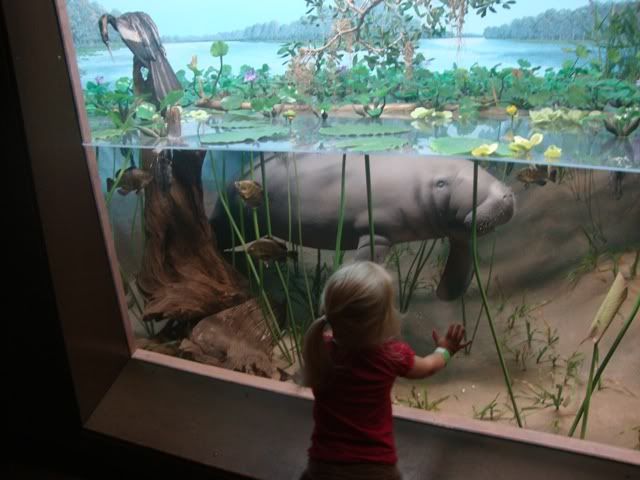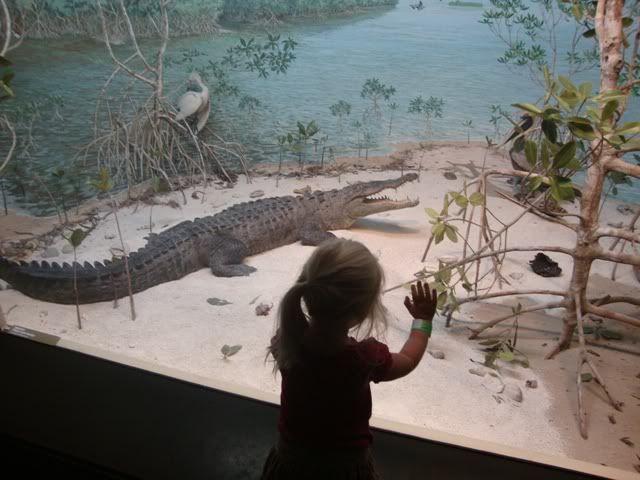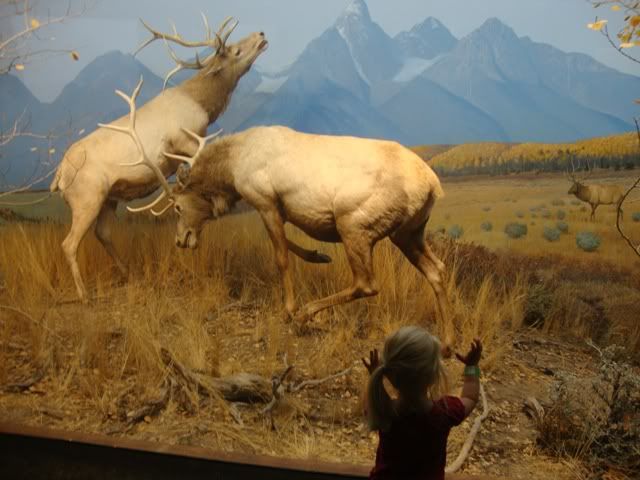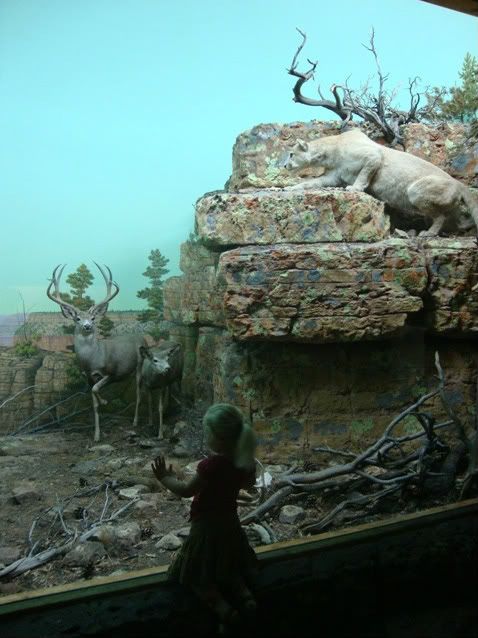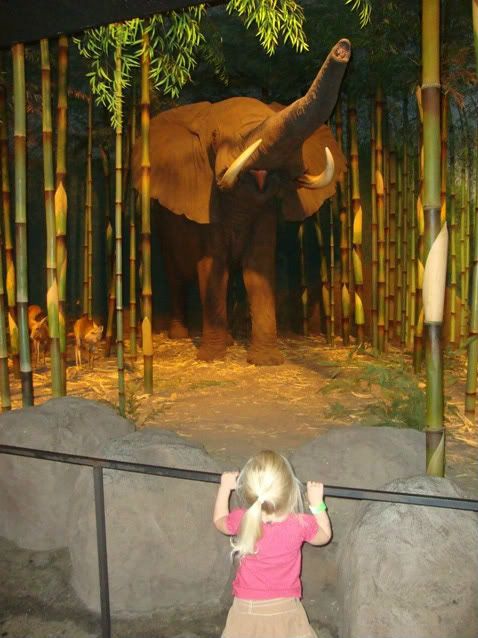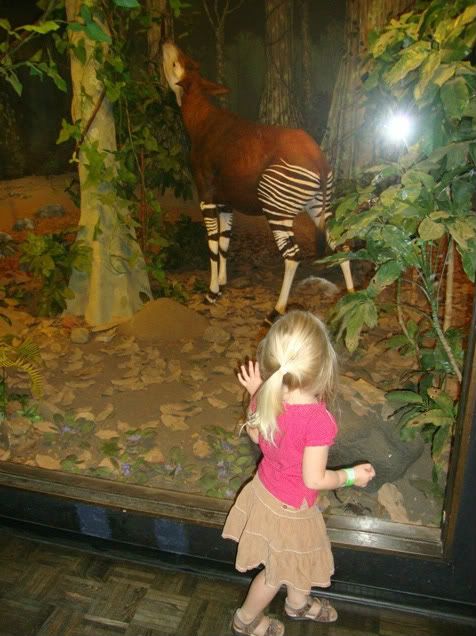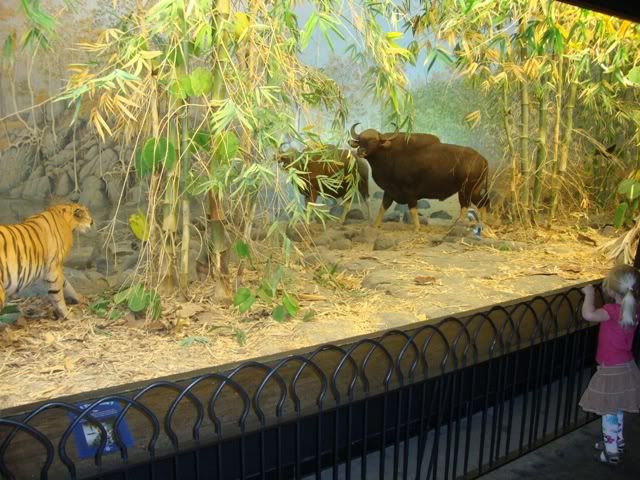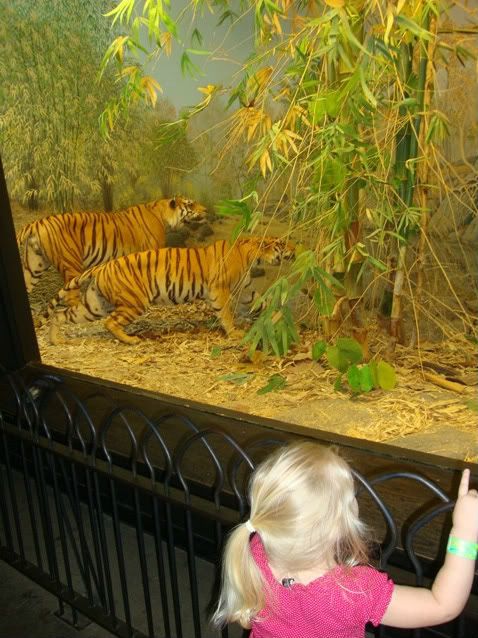For several weeks my daughter has been asking to go to the museum (or "the 'seum", as she refers to it). Seriously. What 3 yr old girl wants to go to a museum and see dinosaurs? My daughter!! I can't pretend that it doesn't make me alittle happy inside that she asks to go to the museum. I loved the museum as a kid too.
But taking a 3 yr old kid to a museum takes a bit of work (and alot of energy). Plus, it's not like the attending parent gets to really enjoy the museum much. Basically, they get to just follow the kid, as they run from one cool exhibit to the next, to insure they don't get lost. Then, you have to carry around a bag with snacks, extra clothes, wipes, juice boxes, a camera to snap pictures for mommy and grandparents...and perhaps a toy or two.
But who cares?! When your daughter asks to go to the museum, you figure out a way to make it happen soon.
_______________________________________________________________________
Because we had moved recently, we didn't have the North Carolina Museum of Natural Sciences nearby...a place we used to attend frequently in the past (see
here). Instead we got to visit a museum that was new for my daughter: the
Milwaukee Public Museum. This institution has special significance for me. I had been there before, and it was actually the first museum I had ever visited. My parents had taken me there when I was a young kid, and I remember being fascinated....intrigued....enamored...etc. with the exhibits. They bought me a little book when we visited the first time with pictures of the exhibits inside, and I paged through that book over and over again....staring at the critters. As a kid, looking at these animals in their museum displays struck me differently than seeing them on TV (such as on
Mutual of Omaha's Wild Kingdom, or
National Geographic specials). Now...don't get me wrong....I loved those TV shows. Yet, even as a kid, I got the sense that the actions of the critters being filmed were influenced by the presence of camera-men, hosts, etc.. Although the animals at the museum were not living, for some reason seeing them depicted in the dioramas was almost like viewing a snapshot of what went on when humans weren't right there rolling film or snapping pictures.
This is partially because the dioramas/exhibits were so beautifully and vividly displayed.
_____________________________________________________________________
Carl Akeley
We can probably thank the late Carl Akeley's (1864-1926) influence for all life-like museum exhibits focused on natural history everywhere. For folks who know museum lore (a select group, to be sure :) ), Carl Akeley is a name you surely have heard. He is most famous for his work at the Field Museum in Chicago, and the American Museum of Natural History in New York, at which an entire section is named for him (the Akeley Hall of African Mammals). He is revered among museum taxidermists for the revolutionary way that he mounted animals at that time. In the early history of museums, it was common to simply mount animals in very static stances and set many of them side-by-side in display cases or next to eachother on the floor. Usually, the animal was standing and staring straight ahead. Often the body form used to mount the skin to was not particularly flattering. So basically, early museum specimens looked less-than lifelike.
Carl Akeley changed all of this in several ways: he created a type of cement gun that made it possible to mount animals in more realistic and natural poses. He also was the first to create very realistic forms for the skins to be mounted on. These forms were often sculpted into dynamic poses, and even considered how the muscles would appear below the skin were the animal alive. Akeley was also the first to display animals in diorammas that depicted realistic replicas of their native habitats. In addition, they were often displayed interacting with other individuals in the diorama. We can also thank Akeley for creating the first large multi-species dioramas that took up entire rooms (such as African Savannah Watering Holes, etc.).
Akeley personally collected many of the specimens that he later mounted. It could be argued that he was in the category of a "great white hunter" at some point in his career. He, for example, accompanied Theodore Roosevelt on an African expedition at the beginning of the 1900s. Although I have not read that he ever collected animals as personal trophies.....but only for scientific and educational purposes. Furthermore, his particular affinity for Gorillas lead him to mount and expedition in the 1920s to learn more about their natural history....and determine if killing them was justified for any purpose. As a result, Akeley became a staunch opponent of hunting Gorillas for trophies, and supported their collection by hunting only for scientific endeavors. He was instrumental in the creation of Africa's first National Park, now named Virunga National Park, to protect Gorillas. He died of fever in the Congo during an expedition to Africa and is buried there.
What many may not know is that Carl Akeley was employed at the Milwaukee Public Museum before the other institutions mentioned above. During his 8 year stint there he began perfecting the techniques that would make him famous. He created the first complete habitat with animals
in-situ diorama ever while at the Milwaukee Public Museum in the late 1800s. Some of Akeley's exhibits are still on display at this institution today. None of those pictured below are Akeley's, but you can be sure that his presence was felt by those who constructed these later dioramas at the museum that I remembered from my childhood.
Carl Akeley was a fascinating man....stories about his expeditions to Africa are very interesting to read. There are several books written about his life. These run from his own autobiography, entitled
In Brightest Africa, to more recent accounts such as the 1991 book
African Obsession: the life and legacy of Carl Akeley.
______________________________________________________________________
So, needless to say, I remembered many of the dioramas at the Milwaukee Public Museum from my childhood. Yet, I hadn't viewed any of the exhibits in that museum in about 20 years....and hadn't really wandered the entire building since I was a kid.
There were a few of these exhibits that were particular favorites from my youth, and I hoped they would still be as I remembered them.
I was not disappointed!
The museum has been updated in several areas since I was a kid. More dinos....a beautiful rain forest exhibit, etc.. Alot of the exhibits that were new to me exist right on the first floor, as one comes up the stairs from the parking garage.
This includes the dinos...which my daughter kept asking for. We took some time to check these out, including the Triceratops fossils below.
And everything was going swimmingly, until she rounded the corner where the life-sized diorama of a T-rex on a Triceratops carcass was housed (complete with roaring sounds and thunder). She did a 180 turn and ran back to me saying "I don't wanna look at these".
Below is a picture from the balcony looking down at this incredible display.
We'll get to these when she's older.
The other newer and large exhibit was a South American Rainforest. Designed so that visitors actually feel like their walking through a rainforest while checking things out.
A very nice set-up!
Then...on to the classics!
First we visited a wing of diorammas based on native
upper-Midwestern flora and fauna.
Such as the North American Beaver (
Castor canadensis)...
...and a nice exhibit depicting some Black Bears (Ursus americanus) stealing a bit of honey....complete with bees.
Also included are wings devoted to
other regions of North America.
Such as Florida....
I always loved the water exhibits as a kid...mostly becuase there were usually alot of species in them. Aside from the focal species...there were lots of little critters going about their business in the background and foreground.
I vividly remember this American Crocodile (Crocodylus acutus) set-up from my youth. Not a particularly action-packed exhibit, but is a great example of a diorama depicting (what I always felt were) snap-shots of the the natural world, as they would be with no humans present to interfere.
There are also many exhibits with fauna from the western U.S.
A pair of competing bull Elk (
Cervus canadensis) in a vivid display.....
This exhibit below was always one of my top two favorites as a kid. I can't pretend it still isn't! So dynamic. You can tell a museum exhibit is superior when its almost explosive, despite the fact that the critters don't move. Here we have the Cougar....stalking...crouching and ready to spring. Mounted in a beautiful pose that depicts them well. The Mule Deer are also beautifully portrayed, appearing majestic but wary and alert (and with apparently no idea of how close the danger is).
And it's not just the "New World" that's represented.
The African Continent has some great exhibits. For some reason, I didn't snap photos of my favorite one from that continent. Don't know why. Next time.
But, there are other nice dioramas that I got photos of.
An African Elephant (
Loxodonta africana)...part of a giant walk-through room-sized exhibit with many species on both sides.
....a nice single-species exhibit of an Okapi (Okapia johnstoni), which is a stunning relative of the Giraffe that is native to the wet jungles of the Congo. Interestingly, in 2006 this species was re-confirmed as present in the Virunga National Park (which Carl Akeley had helped institute). Wild Okapi's had not been seen in the park since 1959. They were again photographed in the park by a camera trap (woo-hoo!) in 2008.
The India Continent section of the museum also has one of my all-time favorite dioramas. Another that I remember from childhood and was thrilled to see it exactly as I remembered it. Again...so dynamic....you can almost feel the tension between these Bengal Tigers (
Panthera tigris tigris) and the Gaur, or Indian Bison (
Bos gaurus). Much like the tiger, the Gaur is a species of serious international conservation concern according to the International Union for Conservation of Nature (IUCN). The tiger was one of my favorite species as a kid, which is probably another reason why I like this one so much.
The picture just doesn't do it justice.
I'm sure we'll take more trips to the museum in the future. Maybe I'll be able to get some shots of other exhibits to share with you all.
Note: thanks to B. Henderson (Milwaukee Public Museum) for information regarding Carl Akeley.


